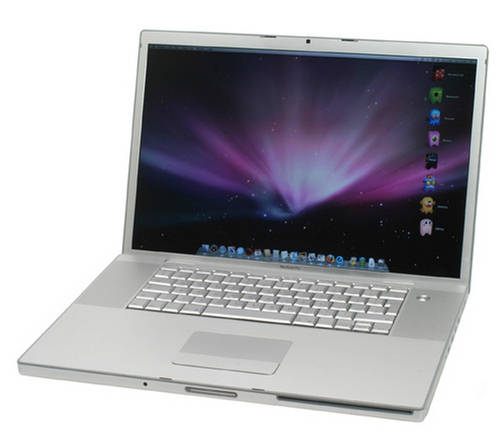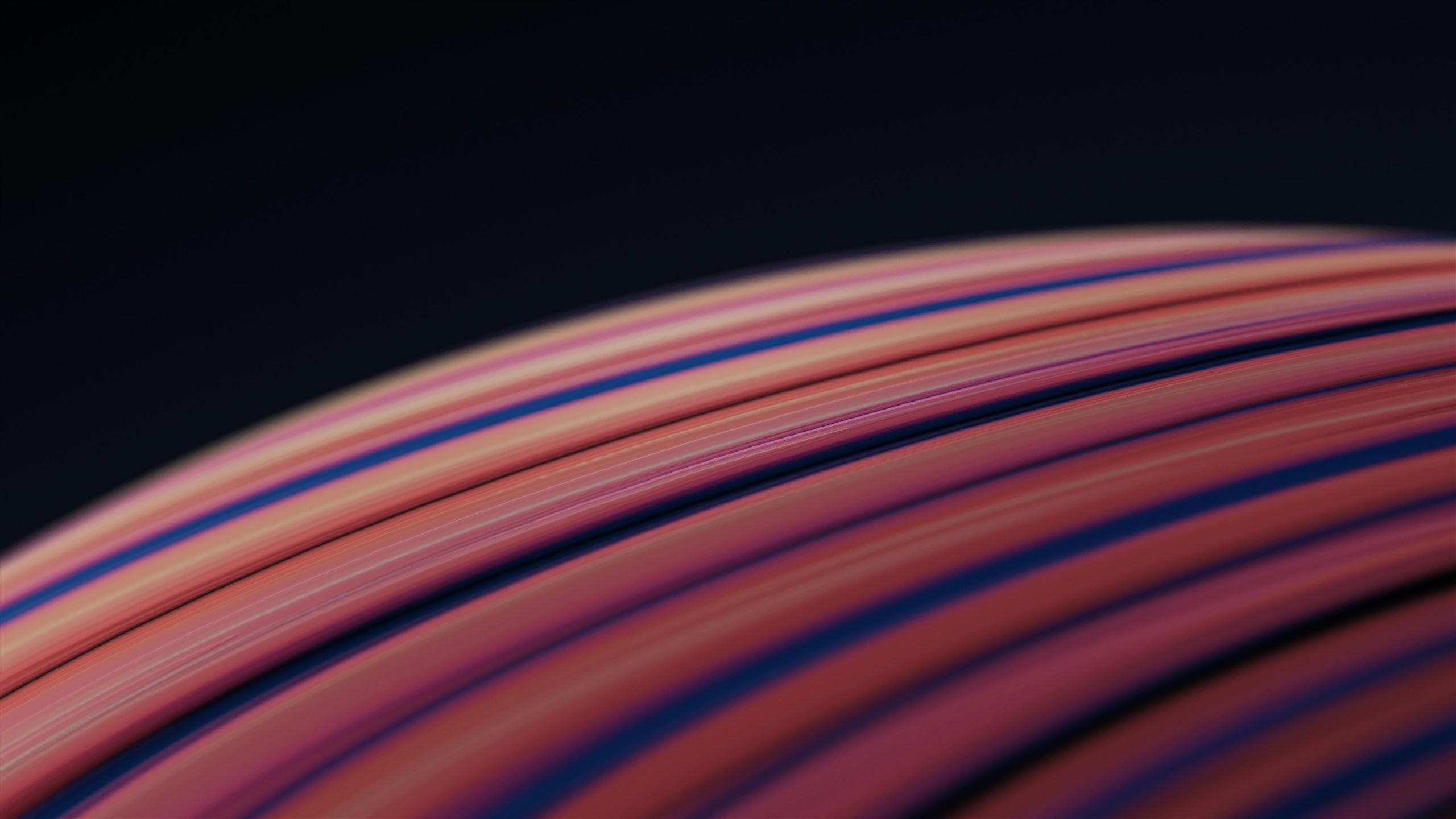

And while the screen produces exceptionally vivid colors and deep, dark blacks (this display uses the same 60-percent-greater-color-gamut technology Apple is touting on the smaller MacBook Pros) the frequent criticisms of glossy screens remain valid: If the laptop is positioned poorly, you end up with quite a bit of glare, and the large screen makes it that much more difficult (compared to smaller laptops) to reorient the screen to avoid that glare. On the other hand, the screen’s high resolution means that items on the screen are quite small I often had to enlarge the size of onscreen type, especially when browsing the Web. The screen seems enormous, especially if you’re used to a 13- or 15-inch model, making it great for working with multiple windows or applications simultaneously. Sporting a 1,920 by 1,200-pixel resolution, the screen is protected behind a thin sheet of arsenic-free glossy glass. Along with its aluminum unibody enclosure and impressively long-life battery (more on that below), the laptop’s flagship feature is its 17-inch, mercury-free, LED-backlit display.

The latest version of Apple’s pro-est pro laptop features the same basic features as the model that debuted at January’s Macworld Expo (and shipped in February).
#MACBOOK PRO EARLY 2009 7392800H8G0 UPGRADE#
Still, the company’s largest-screen portable improved its performance and upgrade options while becoming more affordable. Which isn’t surprising, considering it was just a few months earlier that Apple’s largest laptop joined its siblings in donning a unibody enclosure. But while most models gained new capabilities, the 17-inch MacBook Pro was the sole Mac laptop that kept its design and feature set intact.

Apple revamped nearly the entire Mac laptop line during WWDC, leaving only the $999, entry-level white MacBook ( ) unchanged-and that model was revised just two weeks earlier.


 0 kommentar(er)
0 kommentar(er)
